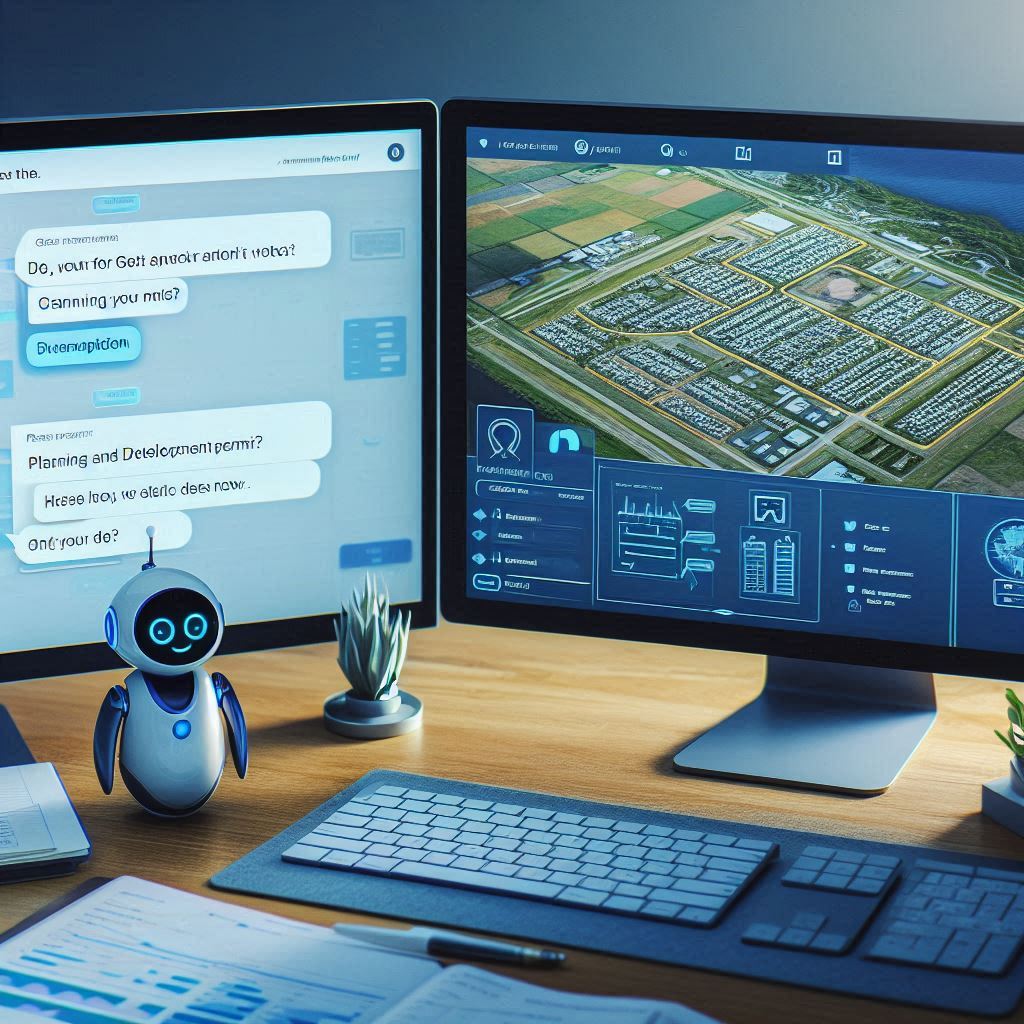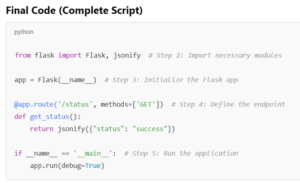The planning and development permit process has long been associated with inefficiency, bureaucracy, and delays. Applicants often struggle with complex paperwork, while councils grapple with time-consuming approvals and regulatory compliance. But what if technology could change this?
Our innovative AI-driven platform is set to revolutionize how planning and development permits are processed, making the entire system more efficient, transparent, and user-friendly.
Contact Dr Vitaly Oustinov to collaborate.
The Problem with Traditional Planning and Development Permit Processes
Currently, the planning and development permit process is slow, resource-intensive, and prone to bottlenecks. Manual document reviews, unclear requirements, and outdated systems make it difficult for both applicants and regulatory bodies to navigate smoothly. These inefficiencies lead to delays, increased costs, and frustration for all stakeholders involved.
How AI is Transforming the Process
Our AI-driven platform is designed to streamline and enhance the entire permit application journey. Here’s how it’s making a difference:
✅ Automated Document Processing
AI-powered algorithms scan, categorize, and validate application documents, reducing manual work and minimizing human error. This significantly speeds up the initial review process.
🔍 Predictive Analysis for Faster Decisions
By analyzing historical permit data, our AI can predict the likelihood of an application’s approval, providing applicants with real-time insights. This empowers them to make necessary adjustments before submission, reducing rejection rates.
🤖 AI-Powered Chatbots for Instant Assistance
Navigating permit applications can be confusing. Our AI chatbots guide users through the process, answering questions, checking documentation, and providing regulatory insights—all in real time.
🚀 Workflow Optimization for Councils
Local councils often face administrative burdens in reviewing and approving applications. Our platform automates repetitive tasks, assigns workflows efficiently, and flags potential issues before they become major obstacles.
🔐 Regulatory Compliance and Security
Our system is designed to comply with local and international regulations, ensuring that data privacy and security are maintained. AI also helps identify regulatory inconsistencies before they become compliance risks.
A Step-by-Step Guide to Building a Prototype for AI-Driven Planning and Development Permit Platform
1. Define MVP Scope
Identify the core features required for a basic but functional prototype:
- Automated Document Processing (AI-driven classification & validation)
- Predictive Analysis (approval likelihood based on past data)
- Chatbot Assistance (guiding applicants through the process)
- Workflow Optimization (for councils to streamline approvals)
Prioritize the most impactful features that can demonstrate value quickly.
2. Technology Stack & AI Integration
- Front-End: React, Angular, or Vue.js for a responsive interface.
- Back-End: Node.js, Python (Flask/Django) for server-side logic.
- Database: PostgreSQL/MySQL for structured data, MongoDB for unstructured data.
- AI/ML Models:
- NLP models for document processing (e.g., OCR, Named Entity Recognition).
- Predictive analytics models (Decision Trees, Random Forest, or Neural Networks).
- Chatbot powered by GPT-based models.
3. Develop the MVP
Set Up the Infrastructure:
- Choose cloud hosting (AWS, GCP, or Azure).
- Implement DevOps pipelines for continuous integration & deployment.
Develop Core Features:
- Implement a document upload & processing feature with AI-based validation.
- Create a permit application dashboard with workflow tracking.
- Integrate AI-powered approval probability scores.
- Deploy a chatbot assistant to guide users.
Build User Interface & Experience (UI/UX):
- Design an intuitive dashboard for applicants & councils.
- Ensure accessibility & mobile responsiveness.
4. Test with a Pilot Group
- Internal Testing: Validate core features internally.
- Beta Testing: Collaborate with a small group of councils & applicants for feedback.
- Iterate Based on Feedback: Improve UX, accuracy of AI predictions, and workflow efficiency.
5. Ensure Compliance & Security
- Data Privacy: Implement GDPR-compliant data handling.
- Security Measures: Encrypt sensitive information, ensure secure authentication.
- Bias Mitigation: Test AI models for fairness & prevent discriminatory decision-making.
6. Iterate & Scale
- Refine AI models based on real-world data.
- Expand integrations (GIS, government databases, third-party APIs).
- Plan for broader deployment with additional councils.
Benefits for Stakeholders
🏗 For Applicants:
✅ Faster application approvals
✅ Clearer guidance and reduced paperwork
✅ Higher success rates due to predictive insights
🏛 For Councils:
✅ Reduced administrative workload
✅ Improved decision-making efficiency
✅ Enhanced regulatory compliance
The Future of Planning and Development Permit Processing

The integration of AI into planning and development permits is not just an upgrade—it’s a complete transformation. By leveraging AI-driven automation, predictive analytics, and intelligent workflows, we are making the system smarter, faster, and fairer for all.
Join us as we reshape the future of urban development with cutting-edge AI technology. Are you ready to experience the next generation of permit processing? Let’s build smarter cities together! 🚀




